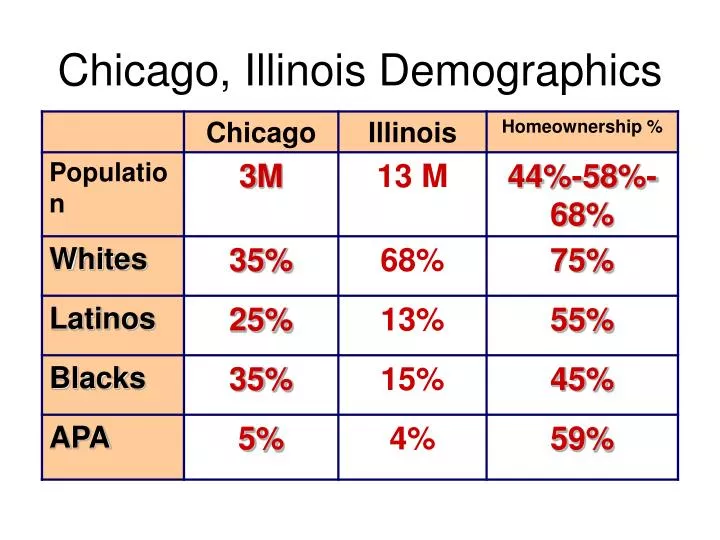Is the Windy City blowing in a new direction? Despite challenges, the Chicago metropolitan area shows resilience, with a population hovering around the 9 million mark in 2025, showcasing a complex interplay of growth and decline.
The story of Chicago, a city etched into the fabric of American history, is a narrative of constant evolution. From its humble beginnings to its current status as a global hub, the metropolis continues to navigate the ebb and flow of demographic shifts, economic fluctuations, and societal transformations. The year 2025 marks a pivotal point in this ongoing saga, offering a snapshot of where Chicago stands, the forces shaping its trajectory, and the challenges and opportunities that lie ahead. The U.S. Census Bureau, in its most recent estimates, projects a population of approximately 2.711 million for the city of Chicago itself, while the metropolitan area as a whole encompasses a much larger population, currently estimated at 9,042,000 in 2025, representing a 0.65% increase from the previous year. This figure underscores the dynamic nature of the region, with various factors influencing population trends within the city and its surrounding suburbs. While Chicago city has had challenges with population loss in the past, the metro area has shown a slight increase in population, with international immigration more than making up for domestic departures. This trend is not unique to Chicago, as the U.S. metro areas overall witnessed a faster pace of growth between 2023 and 2024 compared to the previous year. The Chicago metropolitan area accounts for about 3 percent of the entire U.S. population, and its influence extends far beyond its borders.
| Category | Details |
|---|---|
| Metropolitan Area Population (2025) | 9,042,000 |
| Population Growth Rate (2024-2025) | 0.65% |
| City of Chicago Population (2025 est.) | 2,711,000 |
| Chicago Metro Area Population (2024) | 8,984,000 |
| Chicago Metro Area Population (2023) | 8,937,000 |
| International Migrants to Chicago Area (2024) | Over 96,000 |
| International Migrants to Chicago Area (Since 2020) | 238,000 |
| Unemployment Rate (Chicago) | 6.2% (Highest Among Major U.S. Cities) |
| Average Household Income (Chicago) | $112,443 |
| Poverty Rate (Chicago) | 16.83% |
| Adults with High School Degree or Equivalent (Chicago) | 85.1% |
| Adults with Bachelor's Degree (Chicago) | 39.5% |
| Adults with Graduate or Professional Degree (Chicago) | 16.2% |
| Chicago Metro Area Share of US Population | Approximately 3% |
| City Area | 227.63 square miles (589.56 sq km) |
Source: U.S. Census Bureau
The economic engine of Chicagoland, a metropolitan area encompassing a diverse array of communities, plays a significant role in its demographic shifts. With one of the world's largest and most diversified economies, the region attracts individuals seeking opportunities in various sectors. The high unemployment rate of 6.2% is a critical factor to examine when considering the local economy and the effect it has on the population.
Analyzing the educational attainment of Chicago residents provides insights into the city's human capital. Among the adult population aged 25 and over, 85.1% have at least a high school diploma or equivalent. Furthermore, 39.5% hold a bachelor's degree, and 16.2% have earned a graduate or professional degree. This data indicates a relatively educated populace, which can contribute to a skilled workforce and drive innovation.
Domestic outmigration, driven by factors such as high taxes and the pursuit of better opportunities elsewhere, poses a challenge to Chicago's population growth. This trend contrasts with the positive impact of international immigration, with the Chicago area welcoming over 96,000 international migrants in 2024. Since 2020, the Chicago metropolitan area has gained 238,000 international migrants. This influx of new residents has helped to offset some of the population decline resulting from domestic departures.
The analysis of the U.S. Census Bureau's data analysis methods and statistical modeling approaches are central to understanding the future trajectory of the Chicago metropolitan area. This includes the use of demographic data, statistical models, and the analysis of current trends to make projections on the population, considering various factors such as birth rates, death rates, migration patterns, and economic conditions. Although the forecasts are subject to change, the projections offer crucial insights for urban planning, resource allocation, and policy development.
The economic performance of the Chicago area, indicated by its high GDP, is another critical aspect that should be investigated. High taxes and the search for better opportunities, may motivate some to leave the city, and affect the population. The interplay of economic prospects, the cost of living, and the quality of life in the metro area also influence domestic migration patterns. The rise in international migration can mitigate some population declines, but it also affects local economic development, housing markets, and public services, which makes it another factor to consider.
Chicago, a city of many faces and diverse cultural influences, is located in Cook County, Illinois, and it also serves as the county seat. In this context, the Census Bureau data provides crucial insights into Chicago's current and future demographic picture. These projections offer insights into the size and composition of the population and are essential for planning for services such as education, healthcare, and infrastructure.
The increase in population in U.S. metro areas between 2023 and 2024 was quicker than in the previous year, outstripping that of the nation. Between 2023 and 2024, all 387 metro areas in the country saw positive net international migration, which accounted for nearly 2.7 million of the total population increase in those areas. A key component in the growth of population across metro areas is international migration.


